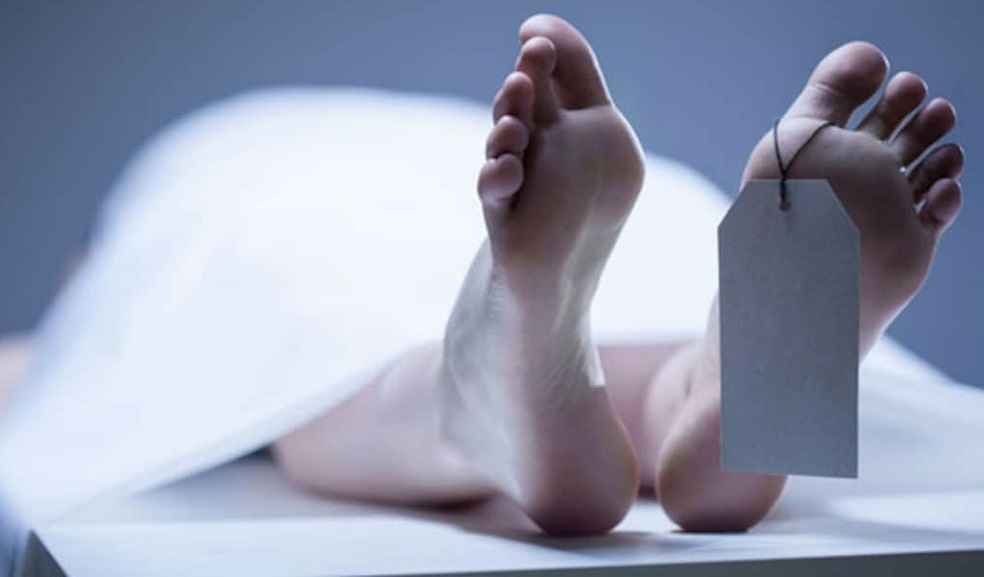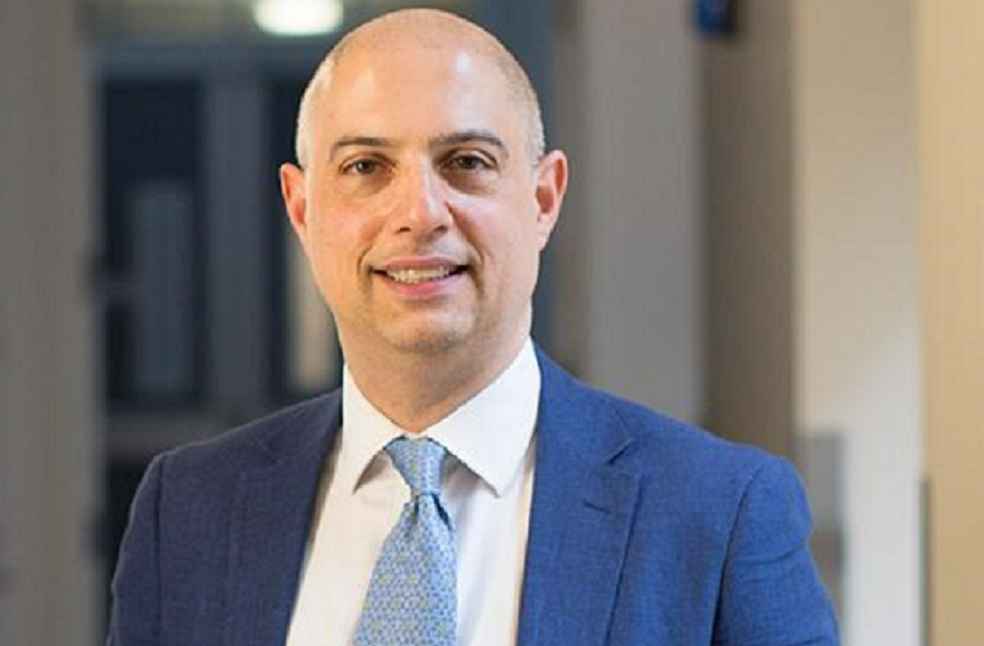The human brain is a strange, much larger than it appears. The feeling of self that humans possess is also a reflection of the brain’s deceitful nature.
Even if we only appear to be a collection of atoms and molecules, the very possibility of having consciousness, especially one this advanced, leads one to believe that we are much more than just a collection of skeletons.
When a person experiences cardiac arrest, the loss of the electrical impulse that propels the heartbeat their time of death is taken into account. The heart then seizes as a result. Medical practitioners believe that the moment the heart stops is the most obvious sign that someone has passed away.

In an effort to understand how death affects the brain, scientists have researched near death experiences (NDEs) and what they discovered is astounding to say the least. Just before brain death, the brain receives a burst of electrical impulse.
A 2013 study that looked at the electrical signals in rats’ skulls discovered that the animals went into a hyper alert condition immediately before passing away.
Some scientists are starting to believe that decreased blood flow and unusual electrical activity in the brain are what produce NDEs. Therefore, the clichéd tunnel of white light could have originated from an increase in brain activity. The critical care and resuscitation research director at NYU Langone School of Medicine in New York City is Dr. Sam Parnia and his colleagues have looked at the precise process of brain death.

Dr. Parnia has performed animal research in the past that examined the minutes just before and after death. Dr. Parnia has also looked at near death encounters.
According to Dr. Parnia, “people who have had such experiences often talk about floating around the room and being aware of the medical staff working on their body. They’ll talk about observing doctors and nurses at work and about being aware of whole discussions and visual things that were happening that they otherwise wouldn’t have known about.”

One of the goals of the experiments is to see how the brain responds and behaves during cardiac arrest, both during the death and recovery stages. How much oxygen does it actually require to reactivate the brain? How does the brain change following revival? Finding the boundaries could help resuscitation methods, which could save countless lives annually.
NDEs are not typically amenable to carefully monitored laboratory experimentation by their very nature, though this may change. It might be conceivable to investigate certain elements of them in the common lab mouse, which might also be able to evaluate its life’s memories or feel euphoria before dying.



